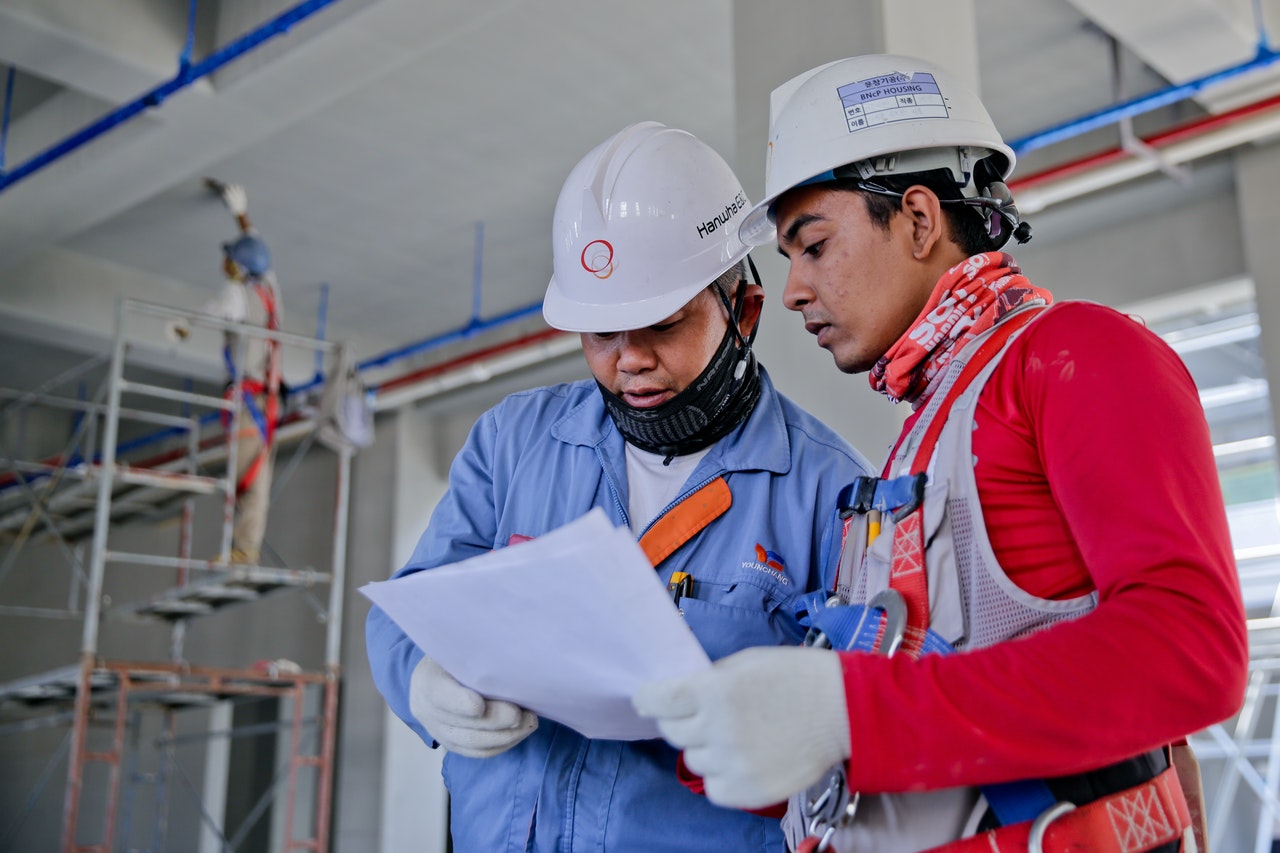The industrial sector is one of the cornerstones of our economy. It’s responsible for the production of the goods we use and consume on daily basis, from the automobiles that fill our highways to the steel beams that form our skyscrapers. All this comes with a cost. According to the Bureau of Labor Statistics, over 2.8 million workplace injuries are recorded every year.
All those injuries also result in lost productivity. The solution is simple: we need to improve work conditions. After all, everyone will be more productive if they are kept safe. No one walks into any workplace with the expectation of injury, even if the job is hazardous. The onus is on the owner and manager to ensure a safe and clean setting.
Employees represent the other half of the equation. Even if the company invests in safety equipment and hazard prevention, if the employees aren’t compliant, then the investments are of no use. Management and employees need to work hand in hand to minimize accidents and keep the workplace safe. You risk the loss of production and worse if you don’t make the necessary improvements.
Safety is a collaborative effort. But collaboration between people isn’t enough. They also need protective gear, devices that enhance productivity, and investments in safety infrastructure. Those areas fall under the purview of management, although feedback from the people who will use them will also help. With injuries on the rise, there’s a reason why the government takes occupational safety seriously. Here are a few safety pointers to get you started.
1. Keep an eye out for dangers
Even if everyone is extra careful, an accident is bound to occur. It’s the nature of the job. But that doesn’t mean that you have to be defeatist about it. If anything, all employees need to keep an eye out for each other. If people are extra aware of what their colleagues are doing, and can spot the warning signs, then accidents may be prevented. Complacency is dangerous, and you want everyone to be constantly on guard.
2. Information is key
Small changes to the system can go a long way in ensuring occupational safety. Many accidents are caused by a lack of information. For instance, unlabeled containers could contain hazardous chemicals. The use of heavy equipment also requires safety labels for everyone’s guidance. One of the best ways to improve information dissemination is to place signs and labels where they are needed.
A small sign might not seem much, but it can relay crucial information that can save lives. Electronic labels can also minimize confusion and improve data collection. For instance, people can just scan a barcode to check the contents of a container. Even a simple sticker on an engraving machine can prevent accidents.

3. Invest in safety training
Investing in safety gear and changing company culture are a good start. Your next focus is ensuring that every employee is equipped with the right knowledge. Investing in safety training from top to bottom will ensure a safer workplace. You only need one person to commit a mistake to cause an accident, and ensuring that every person undergoes safety training covers you on that end.
Start by training existing employees in the basics of occupational safety. You’ll also need a safety training plan for new employees. Further training may be required for employees that use specialized tools and equipment.
4. Always follow protocol
Leave no room for error, especially in industrial settings. Danger always lurks in areas where rules aren’t strictly followed. If everyone follows protocol and knows what they’re doing, then everyone is safer. For starters, make sure employees are familiar with the basic use and maintenance of your equipment. Double-check their paperwork and ensure that only authorized personnel can handle dangerous items.
5. Foster a culture of cleanliness
Not only is clutter unsightly, but it’s also dangerous. A workplace that’s untidy and disorganized is a dangerous one. For instance, accidental slips are one of the most common occupational injuries today. If people arranged loose wires or cleaned up spills, the numbers would fall drastically. Managers need to foster a culture of cleanliness and accountability in the workplace. Each employee is responsible for the cleanliness of their area.
A final word
Safety isn’t just some buzzword, it’s a way of life. These five safety tips will help ensure a safer and more productive business. Both employees and the management are responsible for each other’s safety, and the sooner you understand, the better off you will be.
Meta description: Industrial workers face higher risks of occupational injuries. Here are 5 safety tips to prevent accidents in the workplace.


